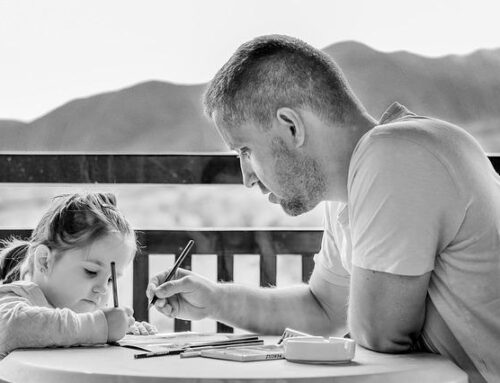Authenticity is a theme that every person who has existed, or will exist, has struggled with in their lives. It is a fickle thing and sometimes feels prone to shifting and changing. What is our authentic self? Who is our authentic self? How do I even find what it means to be authentic? People throughout time have pondered this question in hopes for seeking it out, and finding the answer, and those searches eventually came back in the form of stories. A very old Scandinavian folktale struggles with this very idea.
The story has many names, as it’s so old no one knows the true name, but the most common versions are “The Lindworm” or “Prince Lindworm.” The tale follows a child, cursed by his mother’s hubris, to take the form of a terrifying and brutal beast that is unloved and uncared for by any who see it. The Lindworm’s twin brother is beautiful and loved. When the human prince finds a bride whom he loves and prepares to marry, the lindworm demands a wife as well, being he is a prince himself. After a series of terrible encounters, a woman of humble beginnings steps forth, and due to fear of being harmed by the prince lindworm, devises a plan to understand him. She wears multiple layers of dresses, cloaks and shifts, and for each she removes, the Lindworm must remove one of his own skins. When morning breaks, what is left is a man, no longer a beast or something to fear.
This story, for all its horror and magic, can be boiled down to a core fear for most people, and that is to be seen. For many, to be seen means to also be vulnerable. As you read this, perhaps you’re acknowledging your own vulnerabilities, perhaps what it means to be vulnerable in our time. As the lindworm was cursed by his mother’s hubris, so too are many people suffering from their own childhood experiences. We all carry our child selves, each hurt by adults at some point in some form, and many put up walls that protect themselves because the pain is too much to face. This act also unfortunately pulls them further from their authentic self. When the woman asks the Lindworm to shed his own walls, the things he put up to prevent hurt, it is painful.
The truth is, to reveal our emotional and true selves is to invite a new discomfort, but not one without cause or reason. As the lindworm reveals his true self, he is welcomed and loved by those he trusted to see him. The story also tells that to be vulnerable, one should be reciprocal. For each skin lost by the lindworm, so too did the woman reveal a part of herself, to show that as she cared for him, she was also willing to be vulnerable.
The messages and stories of our traumatized selves, do not have to be the stories that define us. As the Lindworm can change, of his own volition, so too can any person decide to make lasting and meaningful change in their own life. Mental health counseling is one method to take a step towards an authentic self. When meeting with a therapist, one can slowly remove their barriers and open up about their traumas with someone who listens and cares, much like shedding a skin to bring something new and wonderful to the surface. Trauma, and trauma therapy, is uncomfortable and messy and scary and yet it can be profound and meaningful and life changing. A therapist is a person who can create an environment safe and welcoming, to feel protected in the processing and revelation of trauma. Every person deserves an opportunity to begin that search, to find who they are at their core.
When you see yourself, do you see a lindworm or royalty? What would you need, to reach into that authentic self and pull forth the version who is ready to be seen?






Leave A Comment